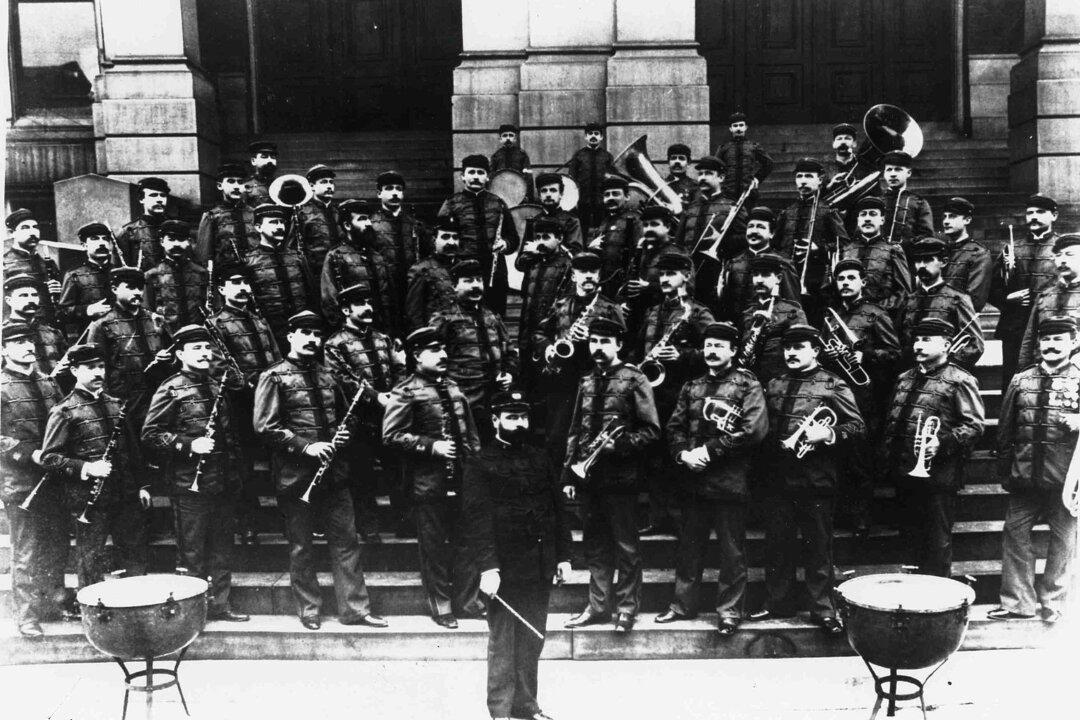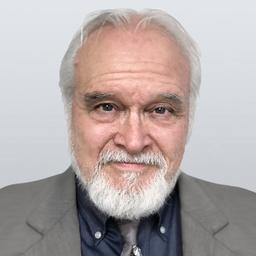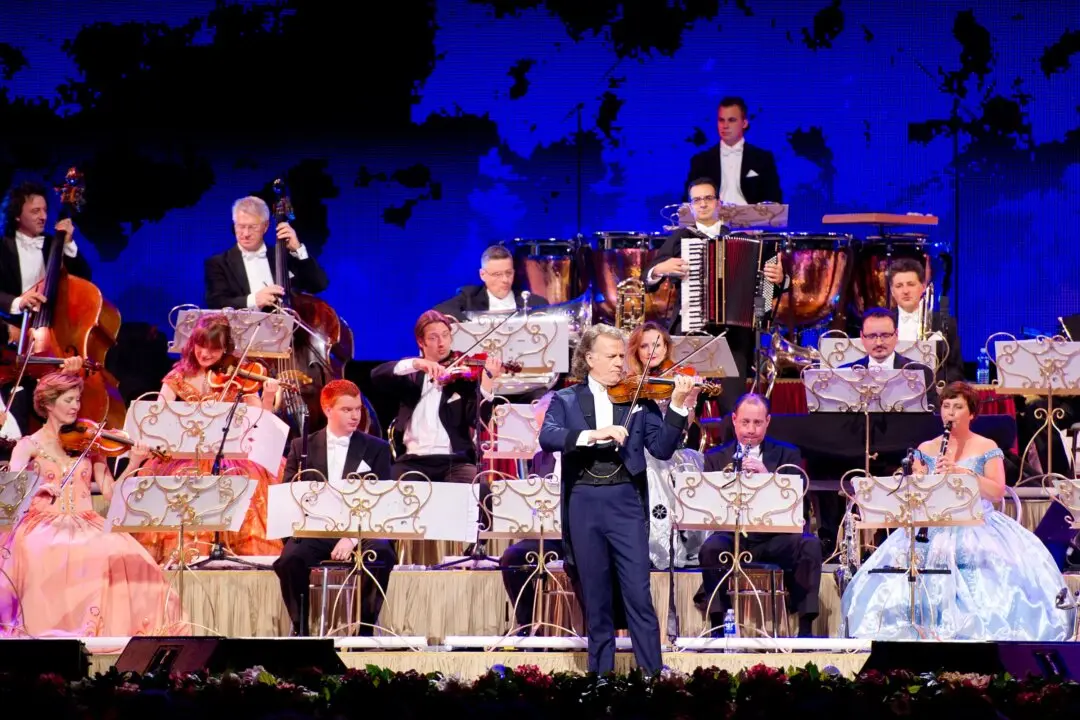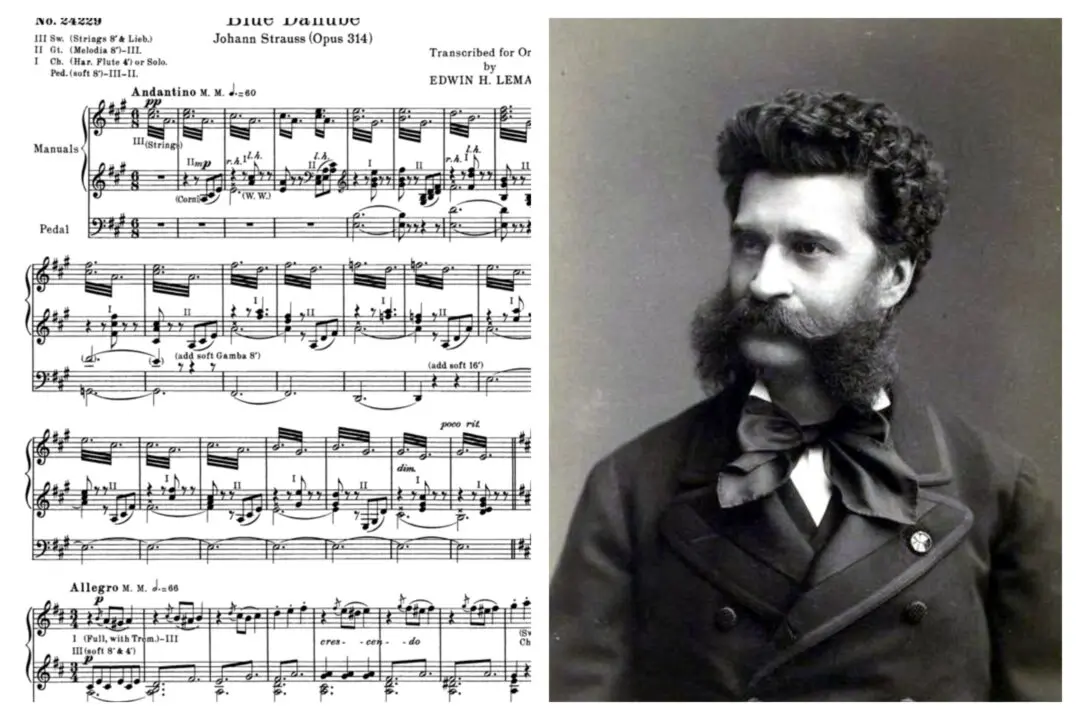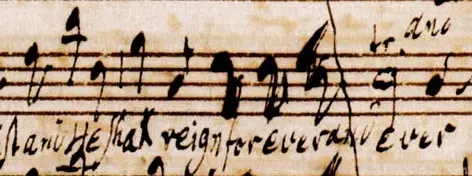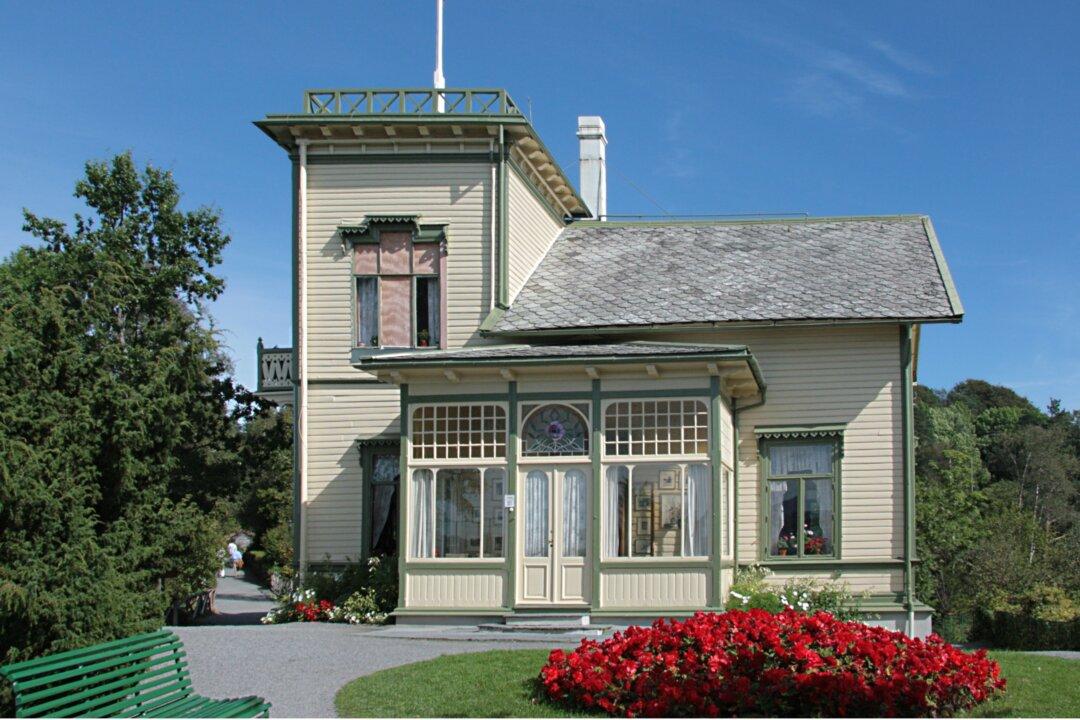A hundred years ago, the name John Philip Sousa on a concert program brought out music-loving crowds from all over the United States and around the world. From the time he founded his own band in 1892 until his death 40 years later, Sousa defined the sound of American concert music.
That sound persists today in the form of the distinctively American march. Take a bright blend of woodwind and brass at 120 beats per minute, topped with melodies that might—and in some cases actually do—come from a tuneful operetta, and you have the essential Sousa march.

